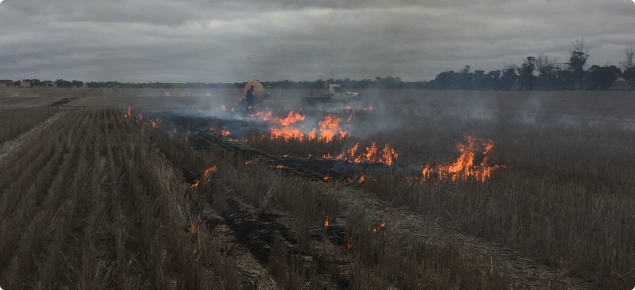Climate resources
Frost risk maps are produced July to October each year for growers and advisors to observe the severity and occurrence of frost events for the south west land division. These maps aid in strategic monitoring of crops for frost damage and help inform salvage options. Historical maps are compiled annually from 1975, showing the occurrence and severity of frost events for each month (July, August, September and October). The August, September and October data is then been combined to show occurrence and severity over these sensitive months in one map.
An additional resource is the Seasonal climate information frost risk map. Frost risk maps show the average number of low temperature events occurring in the months when crops are most at risk of frost damage.
The Extreme weather events tool uses data from DPIRD's extensive weather station network to map extreme temperatures, either below or above a specified threshold. It provides real-time information about the location, duration and severity of frost and heat stress events, to help grain growers manage accordingly to reduce their financial impact.


